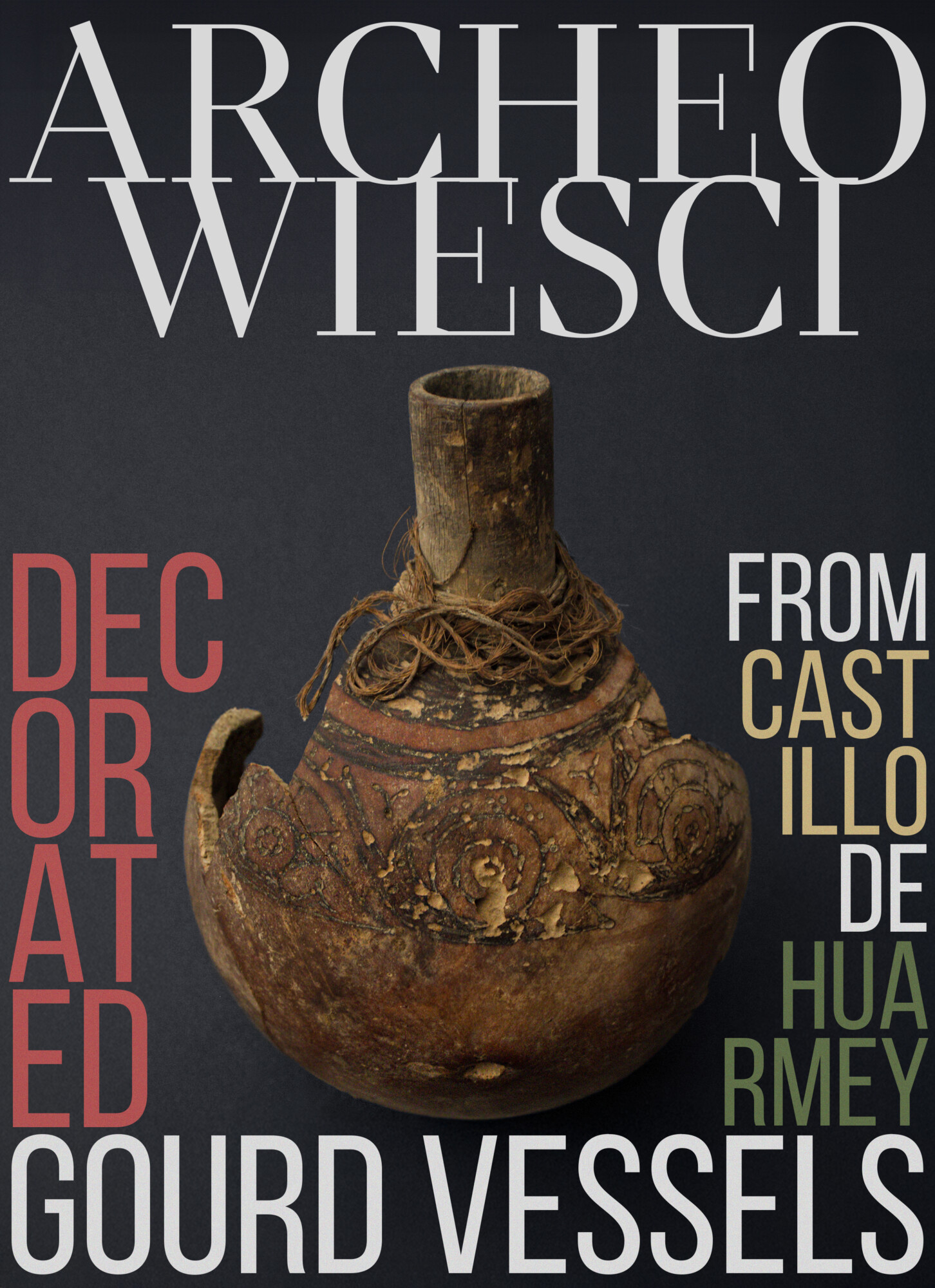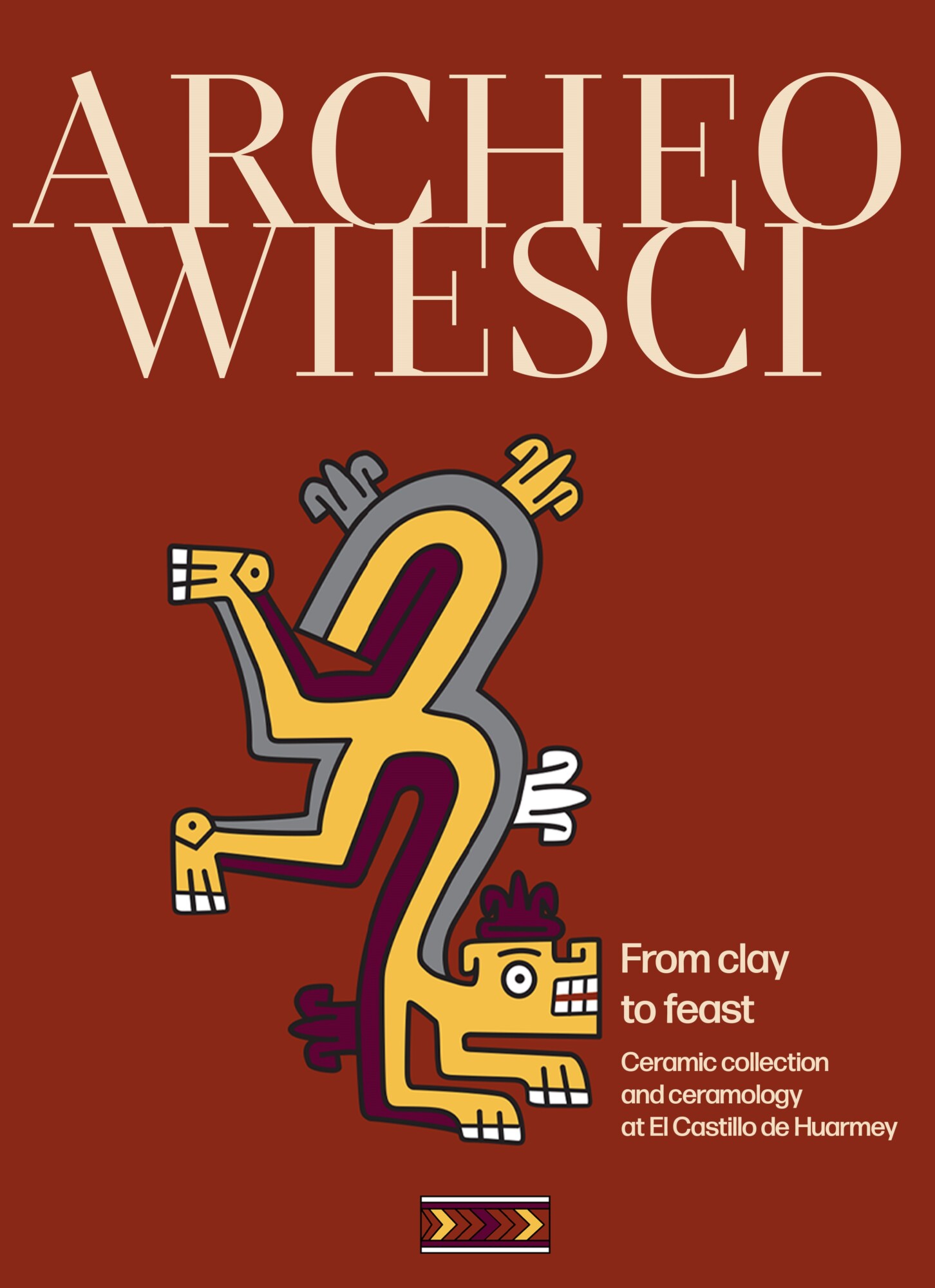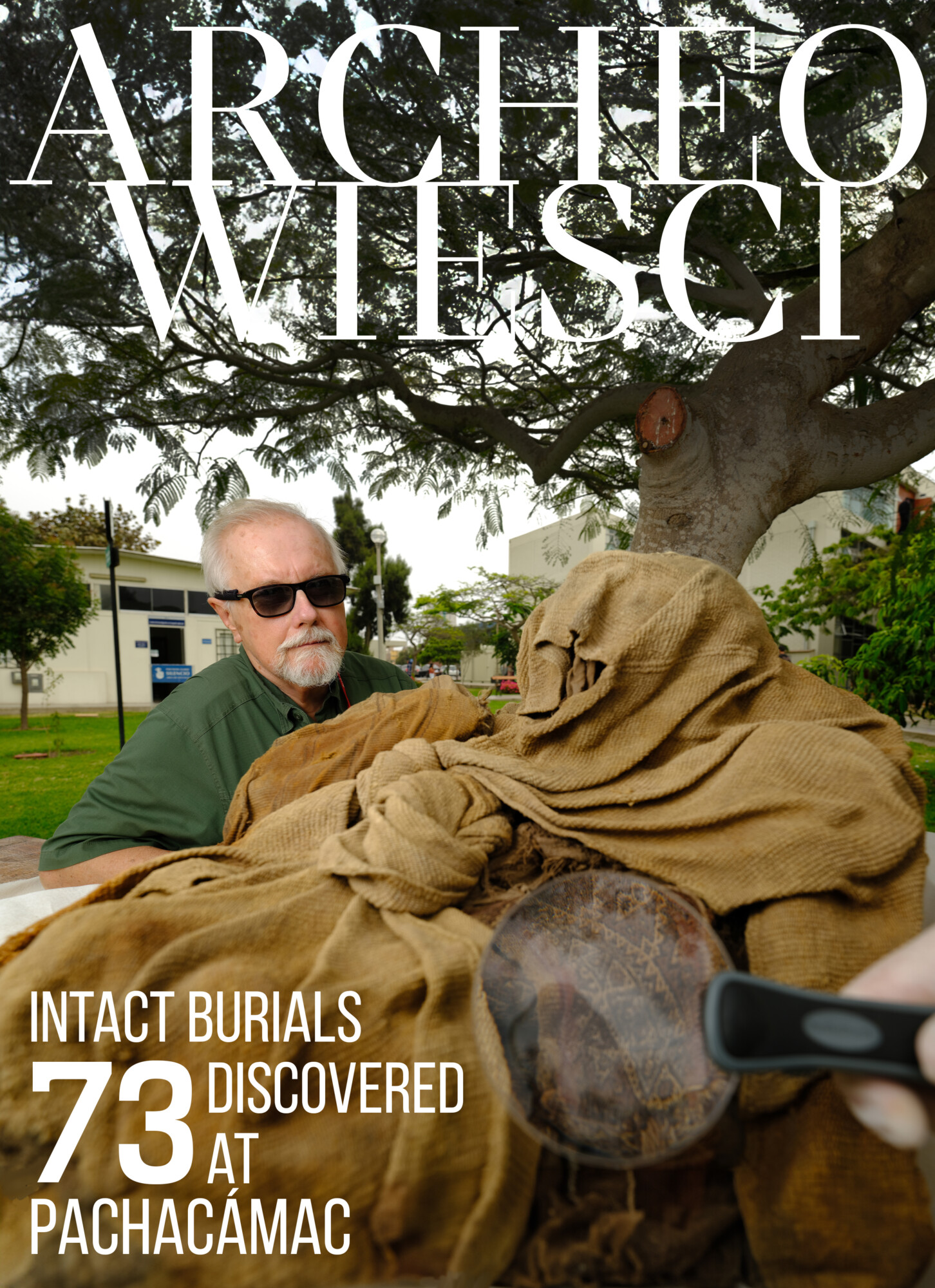
When we discover pre-Hispanic ruins, we often come across fragments of gourds, which might have been used as vessels or containers (Spanish: mates). Some are undecorated, others – much less common – bear rich shell inlay and pyrography (Spanish: mates pirograbados). Such exceptional items were unearthed at Castillo de Huarmey, a royal Wari necropolis. The technology of their production and their decoration deliver a lot of information about the iconography of power in the first empire of the pre-Colombian Andes.
Continue reading “Decorated Wari gourd vessels from Castillo de Huarmey”



